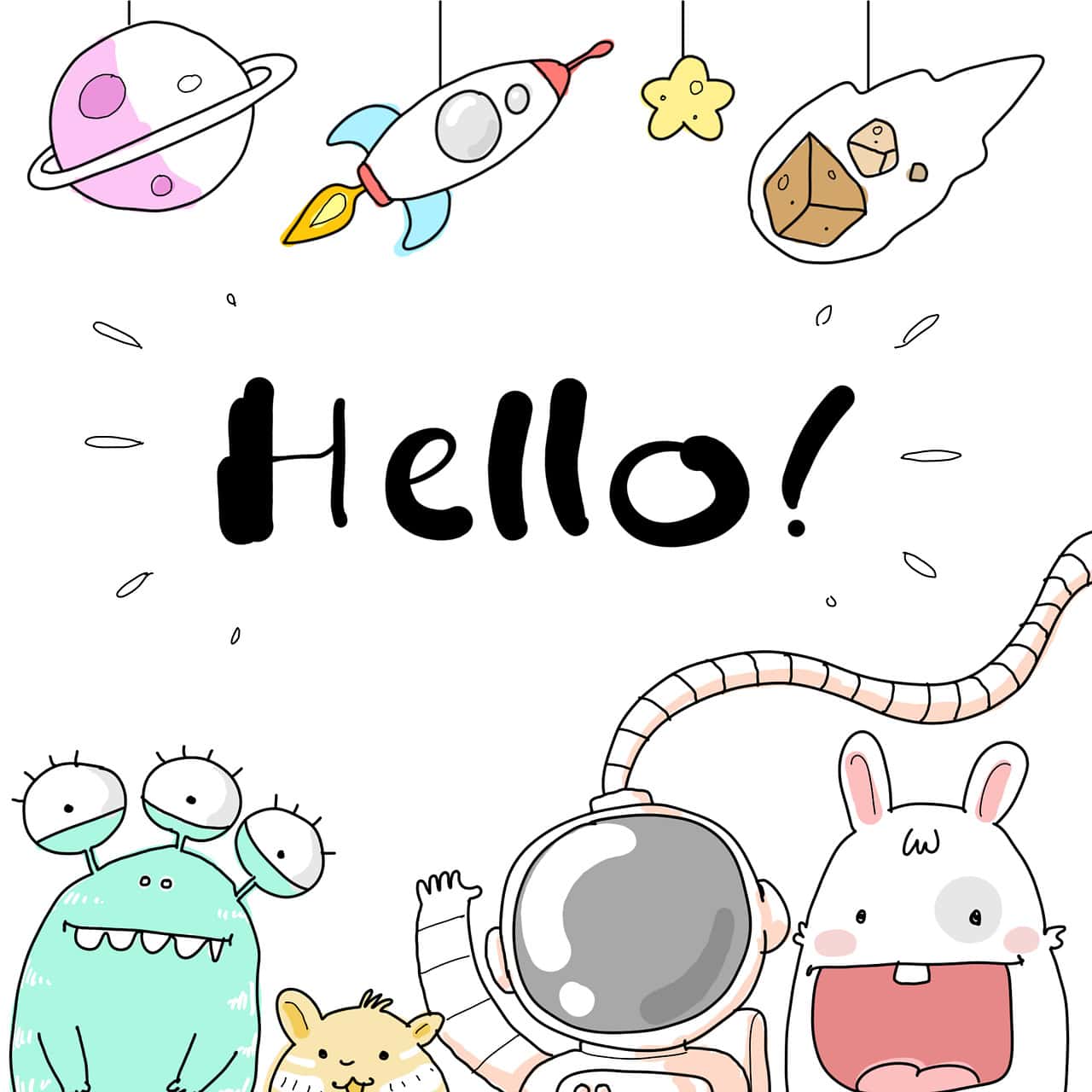
More reports than ever before are constantly being filed from people claiming to have seen Unidentified Flying Objects, while alien abduction stories continue to make waves as well. And, even though alien and UFO hunters like Scott Waring may believe beyond a shadow of a doubt that they are real, science has allegedly yet to prove any alien sightings or communication. And they have yet to confirm the existence of life in the universe other than our own here on Earth.
In spite of this, and because the possibility can’t be ruled out that we’ll eventually find something, whether here in our own backyard or elsewhere in the universe, NASA and scientists around the globe had no choice but to come up with a protocol outlining what we humans would say and do if such an encounter actually happened.

Those who work at SETI (search for extraterrestrial intelligence) Institute have acknowledged the need for a protocol, and they developed one for the occasion. There are two big problems with the protocol, however.
First, they only considered what to do in the event that we receive some kind of communication or signal. It doesn’t outline what we should do if we do in fact find intelligent life within our solar system, or even on our planet.
In fact, it’s because scientists involved in the response protocol think the chance of getting communications from aliens elsewhere in the universe is so remote that they designed it that way. Factoring in the laws of physics as we understand them (and assuming that aliens also cannot travel with light speed), the chances of encountering an alien now, would be remote at best. For example, if a craft from within 1,000 light-years from us decided to travel to us, it would have had to leave about the time of Jesus Christ in order to get to us exactly now. This same logic applies to messages sent. It would take at least 100 years to get to us… And for us to send one back would take another 100 years.
The second problem is that if anyone actually encounters a signal or other communication from an alien source, those responsible for responding apparently don’t know what to say.

According to SETI senior advisor Seth Shostak, anyone who happens to encounter an alien signal needs to do two things. First, they have to let the International Astronomical Union know. Next, they have to let the United Nations know. Once they do that, and the signal or communication confirmed, the person who initially discovered the signal gets exclusive rights to let the world know via the “press conference to end all press conferences.” After holding the presser, however, any data collected would be made available publicly.
According to Brian Walsh, the author of a book that analyzes potential threats to humans called the End Times, there is an exception to the data they will make available. He said:
“The exception would be the actual coordinates of the signal source [would be withheld] to prevent anyone from simply starting up an interstellar conversation on their own.”
He went on to explain that at that time, humanity would need to figure out what to say – and whether or not they should actually respond – an issue that’s been debated for decades.
Should we respond at all? Many scientists believe that we shouldn’t, lest we say the wrong thing, or encounter a species that’s hostile towards us.
Probably the most famous dissenter to the response debate was noted theoretical physicist Stephen Hawking, who died in 2018. He said that humans should “be wary” of sending a response until “we have developed a bit further.”
He said of potential alien contact that the species we encounter could be stronger than us technologically, and “may not see us as any more valuable than we see bacteria.” He makes a good argument by likening our potential contact with alien life to the time when Christopher Columbus brought Europeans to America, which led to the slaughter of Native Americans.
Other scientists believe that meeting another species in the universe could ultimately be a good thing, but even those who do think that believe that we need to be extremely cautious. We don’t know if they’d be a threat to us or not and as such, we’d be in a better position to communicate if we studied them for a few decades.
Whether you’re on the side that wants to answer or not, simply having a protocol in place is definitely a good idea. But with space-faring technology advancing at a rapid pace, we’d better decide what we want to do soon, as the chances of our finding aliens or getting contacted by alien races get better every day. This is especially true today, as the Navy just confirmed that recently released videos are in fact videos of UFOs… In the strictest sense of the word, anyway. We still don’t know if aliens were flying them.
Featured Image by Miriam via Pexels






